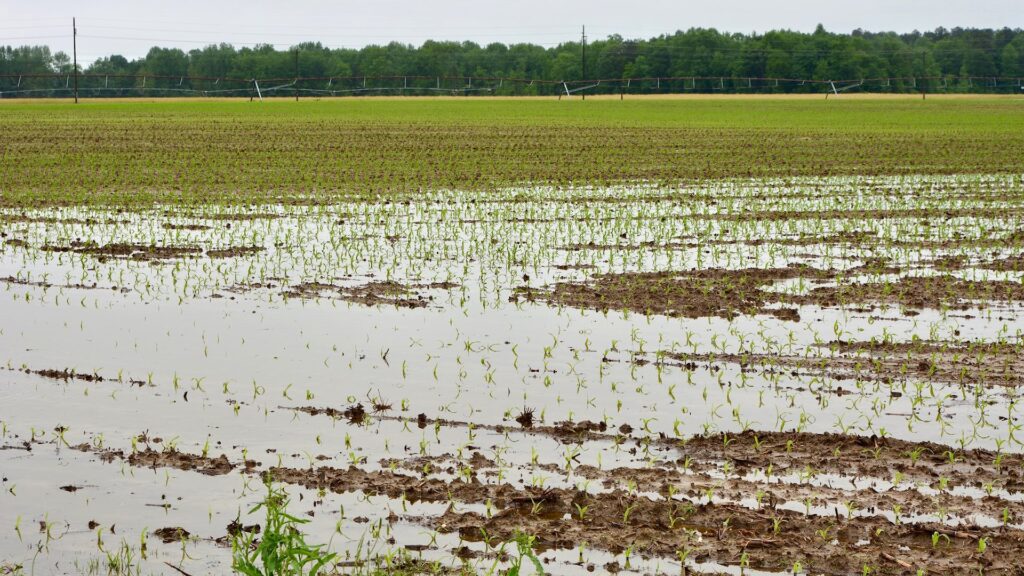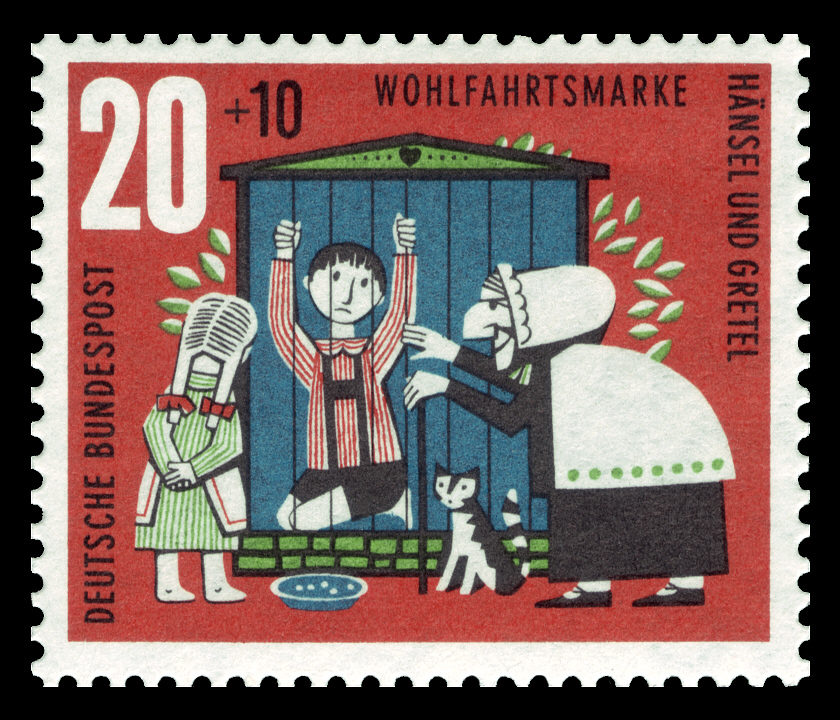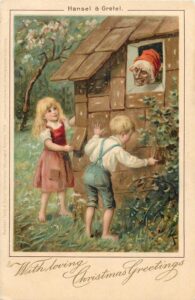Europe enjoyed a long period of prosperity between 11th and 13th centuries. European population grew from 56.4 million in year 1000 to 78.7 million in year 1300. The idyll (if anything in medieval times was an idyll) ended abruptly between years 1314 and 1315. Many regions of Europe reported prolonged periods of rain in 1314. It rained most of the time in summer and autumn of 1314 in Great Britain. Most of Europe experienced prolonged heavy rain in spring of 1315, although temperatures remained cool, almost wintery. Fields were so muddy, it was impossible to plow them. Some of the seed grain rotted before it managed to germinate.
The Great Famine of 1315-1317
The harvest of 1315 was smaller than usual. But despite meager reserves of food, most families managed to survive the winter with help of anything edible they could forage in the forests. People were reported to eat bark, twigs, grass, swamp frogs, acorns, and insects.
Weather, however, remained relentless. According to British historians, it rained ceaslessly throughout 1315 and 1316. It ruined the seeds again. Medieval diet also relied on dried and cured meats, but wet weather made everything difficult to preserve.
As usual, peasants were most affected. They represented about 95% of population. After the bad harvest of 1315 and difficult winter, they were malnourished and lacked energy to work the fields (which because of the muddy conditions was more difficult than it used to be).

Nobles and royals were also touched by the famine. Although they had money, there was no food to be bought. Reportedly, even King Edward II with Queen Isabella themselves suffered from hunger. They visited city of St Albans with their entourage on August 10, 1315 to celebrate feast of Saint Lawrence. Normally animals would be slaughtered, barrels of wine and wheels of cheese brought from the cellars. This time they were trouble finding any bread, despite city-wide search.
In 1316-1317 peasants resorted to slaughtering working animals, eating dog meat, cooking leather hides and shoes, even dirt, and animal and human feces. There were also reports of cannibalism, but even chroniclers are not sure, whether they were true.

Hansel and Gretel: real story?
“Hansel and Gretel” is a widely known folk tale popularized by the Brothers Grimm. They published it in 1812. The story features older brother and young sister abandoned in the forest, and falling into hands of a cannibalistic witch living in a house made of gingerbread. When the children realize the witch is planning to roast them, they trick her into opening the oven, and push her in instead.

The story of Hansel and Gretel was translated into over 160 languages. They are known as Hans och Greta in Sweden, Hannu ja Kerttu in Finland, Jaś i Małgosia in Poland, Jancsi és Juliska in Hungary, Ivica i Marica in Croatia, and Jeníček a Mařenka in Czechia.
But versions of this story circulated in European folklore at least since year 1500. House made of sweets was featured in 14th century manuscript of fairy tales about Land of Cockaigne (or Cockayne), mythical country if luxury and happiness, where food is plentiful, and cheese rains from the sky.
In time of Great Famine people were reported to abandon children in the forests to fend for themselves. Or, as other sources claim, to avoid seeing children starving to death, when there was no hope.
In affected regions of Europe 10–25% of population died of starvation, or of diseases like pneumonia or bronchitis attacking weakened bodies. But around year 1325 food stocks returned to normal levels. Life was good again. Not for long. Soon Europe would have to endure the Black Death epidemic of 1347–1351.
And in year 1350 estimated population of Europe was 70.7 million, 8 million less than in 1300.
Top photo: Monument to Holodomor famine in Kiev, Ukraine by Peter Collins / CC-BY-20
Sources and further reading:
- Hansel and Gretel – And Other Siblings Forsaken in Forests (Origins of Fairy Tales from Around the World) by Amelia Carruthers
- The Third Horseman: Climate Change and the Great Famine of the 14th Century by William Rosen
- From the Brink of the Apocalypse: Confronting Famine, War, Plague and Death in the Later Middle Ages by John Aberth



Permalink
And here in 2020 we have everything, but people refuse to wear masks during epidemic, because mah freedom or something.
Permalink